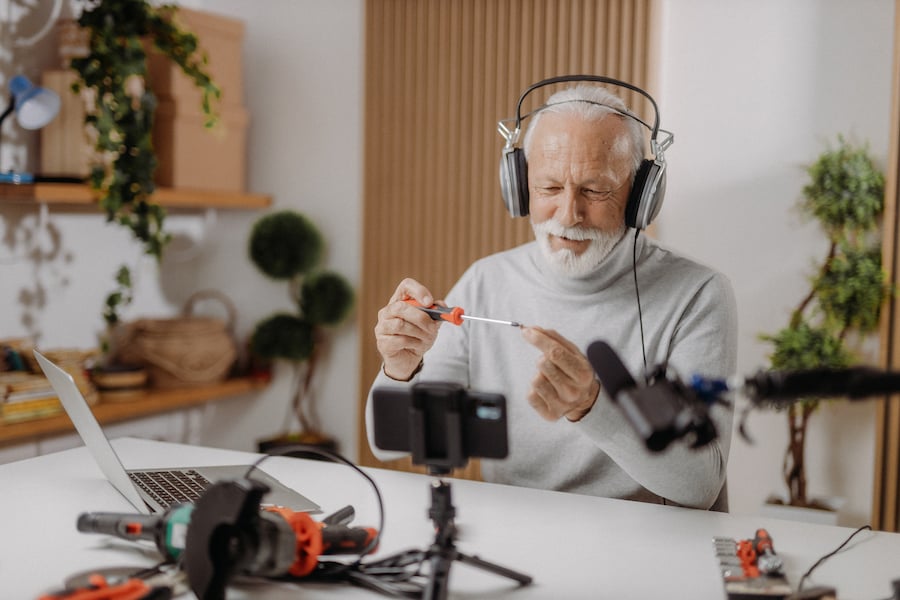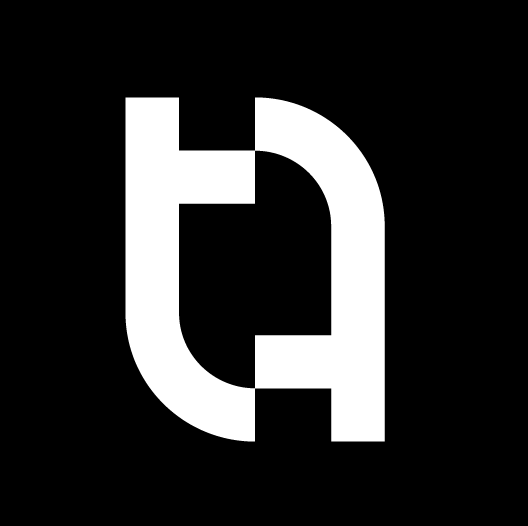Abackward design lesson plan can be an excellent way to improve your student outcomes and learning processes. If you’re an online course creator, an online tutor, or a teacher of any other type, you probably develop your lessons in the same way. You study standards, learning objectives, or profit margins, then create your lessons and learning materials based on those goals. That’s not a bad way to design a lesson in and of itself.
But in other cases, it might be wiser to use backward design lesson plans. The right backward design lesson plan may result in a better learning experience for a classroom full of students, a private client, and everyone in between. We’re going to break down what backward design lesson planning is and why you should use it.
{{coursecurriculum-component="/blog-shortcodes/blog-popup"}}
What is a backward design lesson plan?
A backward design lesson plan is one in which you start with the end goal for your students and their assessments in mind from the get-go rather than focusing on the lesson content itself.
For example, where you might normally have an objective – like your students perfecting the knit stitch, or becoming proficient in a certain programming language – you instead focus on what you will assess and create lesson plans around those future assessments instead.
Normally, or with traditional lesson planning, you focus on standards and learning objectives. Then you design your tests around those. A backward design plan is the opposite. Design your tests and assessments first, then figure out your lesson plans, then teach your students.
The result? When done well, backward design lesson plans often result in better test or assessment outcomes, which can be advantageous both for professional educators and for online teachers of all other types, like small business owners.
Now let’s take a look at how you can create backward design lesson plans of your very own.

Developing a backward design lesson plan step by step
Step one: Create student-focused learning goals
To begin creating a backward design lesson plan, you have to create student-centric learning objectives rather than focusing on arbitrary or data-backed lesson objectives. Specifically, your objectives should include:
- The behavior or skills you want your students to display. Say that you want to teach that investing while you’re young is one of the best investment decisions you can make in the long run. That means you’ll need to cover topics like investing, compound interest, etc.
- The method through which the student performs the behavior, such as using a specific formula, tool, etc.
- The level of performance you want each student to demonstrate to show content mastery – this can include a certain number of correct answers on a test or something else entirely.
Basically, focus on identifying the desired results, which should be student-centered. Then your course design will have learning experiences tailored toward those learning outcomes.
Once you figure out your student-focused learning goals, you’ll be better equipped to figure out how best to test for those goals instead of the other way around. This prevents your tests and assessments from feeling useless at best and contrary or irrelevant to your students at worst.

Step two: Set assessment methods
Now it’s time to figure out how you will assess or test your students. This doesn’t have to be just a single test, of course. You might have assessment methods including but not limited to:
- One-on-one video interviews or spoken tests
- Written or online tests
- A combination of both
Depending on your class and what you teach, you may have multiple assessments throughout the course or just one at the very end. If you have just a final assessment, make sure that you model teaching tactics or learning activities toward that test as much as possible.
In any case, set your test assessment methods, then figure out what your assessments will measure in your students’ performance. At the end of this stage, you’ll know:
- What do you plan to teach students, and why?
- How will you measure your students’ proficiencies in the tested areas?
In theory, this will mean that every test your students take is relevant and helpful and shows them exactly what they do and do not need to do in order to pass your course.

Step three: Create lessons & activities
Now it’s time to create lessons and activities for your course materials. Since you already know what your tests will be about, this should be relatively easy.
Do you have a final exam surrounding a few modules from a book or from an online class? Make sure that the exam has a section for each module so students can study the entire course’s material from start to finish.
Or are you planning on a series of oral interviews? In that case, make sure that you give your students plenty of time to write notes for your lessons so they can study them and answer you promptly and accurately come test day.
When designing lessons, ensure your instructional strategies and course design both emphasize the knowledge and skills your students need to achieve the learning goals you set/identified earlier.

Backward design lesson plan example & template
Let’s take a look at backward design lesson planning in action.
Imagine that you teach fundamental algebra to high school students. In this case, you want to make sure they understand how to do basic equations. Using the backward design for your lesson plan, you begin:
- First, you determine that your students should be able to complete basic equations and understand how letters and numbers interact in a mathematical environment.
- Next, you determine that you will have a two-part test to measure students’ abilities and understanding of these concepts. Each part of the test will consist of 30 multiple-choice questions. At the end of the second part of the test, each student will need to solve a word problem and use their own equation to determine the answer.
- Since you know what you want your students to learn and what you will test them on, you are equipped to create learning materials.
- To do this, you prepare textbook sections and study materials, draw up exercises to go through with your students in class and create homework problems or worksheets that teach students the step-by-step skills they need to solve equations.
Want to try it for yourself? Check out this backward design lesson plan template from Vanderbilt University.
Traditional vs. backward design lesson planning
You might wonder what the true difference is between traditional and backward design lesson plans.
Traditional design lesson plans review standards or learning objectives (which can be federal, national, or personal). Then plan instructional activities around those objectives. At the very end, they implement assessments or tests.
Unfortunately, this results in tests or assessments that don’t always reflect what the students did or learned. We’ve all experienced an unfortunate class or two where the test didn’t seem to reflect anything we had learned in lessons or course materials up until that point.
The backward design model avoids that outcome. By focusing on the end goals you want to achieve, then emphasizing assessment types and content, you ensure that your lessons will always teach students what they need to know to pass tests.
This is the same philosophy that follows many standardized tests in public schools around the country. Public school teachers will often “teach the test” by focusing primarily on what will be on federal or state standardized tests instead of other content or modules in textbooks.
Benefits of using a backward design lesson plan
There are lots of advantages to using backward design for your lesson plans. For starters, it ensures that your students will never be flabbergasted or taken by surprise by testing materials. They will never sit for a test and not know what the test is talking about or what he wants them to do.
Furthermore, backward design for your lesson plans allows you to have a better understanding of how to teach students in such a way that your objectives are achieved. For example, if you design all of your lessons backward, you’ll quickly know:
- What you want to teach your students.
- How you’ll test your students to see if they know what you want them to know.
- How to design your lesson plans around those tests.
In other words, by figuring out how you want your students to end up, you’ll be better equipped and prepared to teach them the right things so they achieve those optimal outcomes. Backward design can be useful for professional educators and for anyone who teaches students, both online and in person.
Backward lesson planning: Wrapped up
As you can see, there are lots of advantages to implementing backward design lesson plans into your curriculum or teaching schedule at the earliest opportunity. Fortunately, using backward design lesson planning is easy once you make a few classes or courses with this philosophy in mind.
In no time at all, you might see improvements in the performance of your students, the quality of your classes, and the ratings of your online lessons.
FAQs
What is backwards design in a lesson plan?
Backward design in a lesson plan means starting with the end objective, such as student-focused learning goals, and designing your assessments and learning materials afterward to ensure your students achieve those objectives.
What are the steps of backward design?
The steps of backward design include:
- Making student-centered learning goals. These should be very specific and involve specific knowledge your students can demonstrate or specific test completion.
- Setting assessment methods based on the things you want your students to know and determining what your assessments will measure, specifically.
- Designing lesson content to reflect the things your students need to know for the above assessments.
Join more than 150,000 creators who use Teachable to make a real impact and earn a real income.



.png)



.png)

